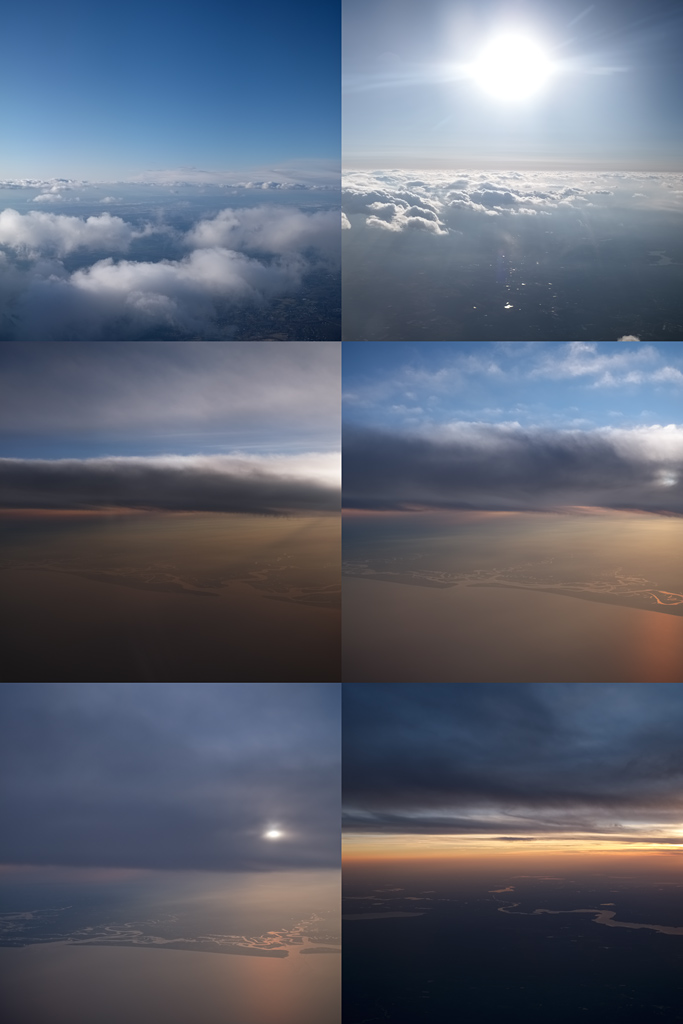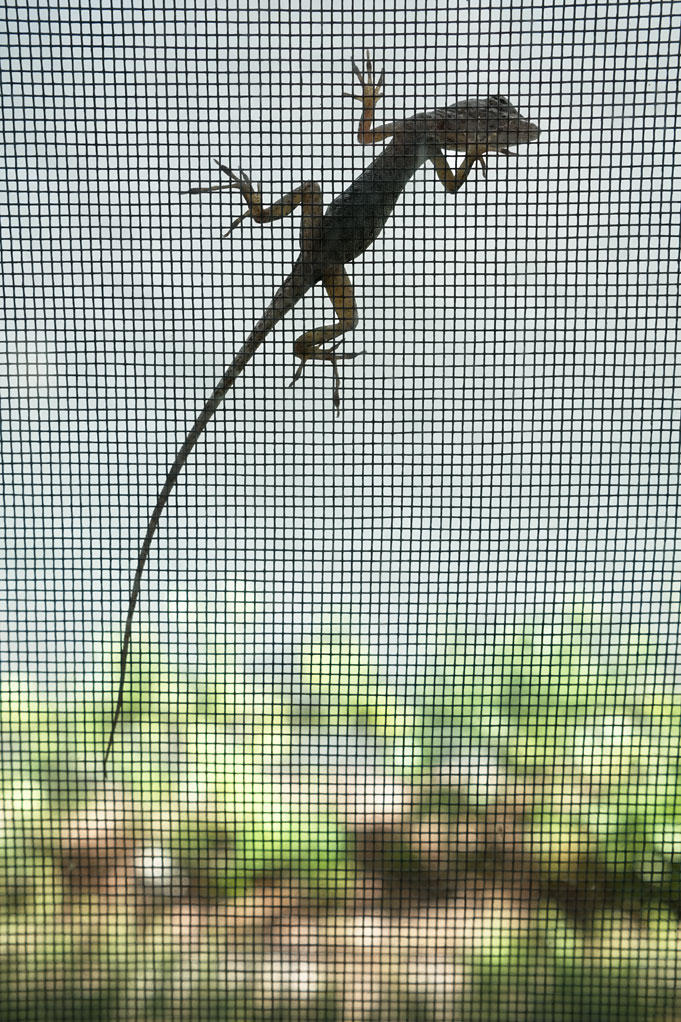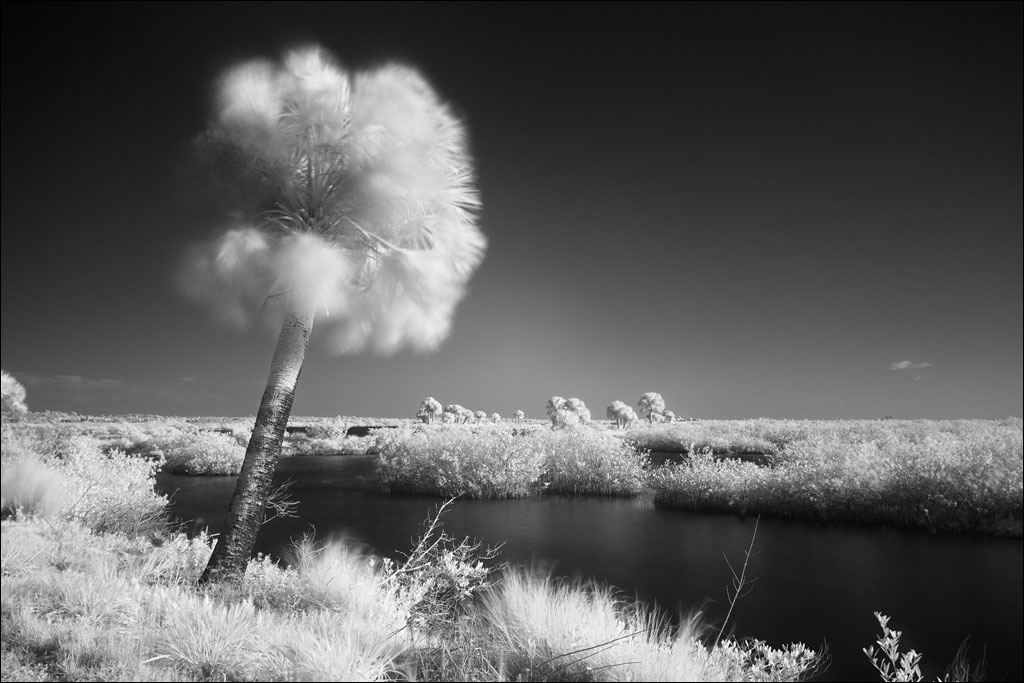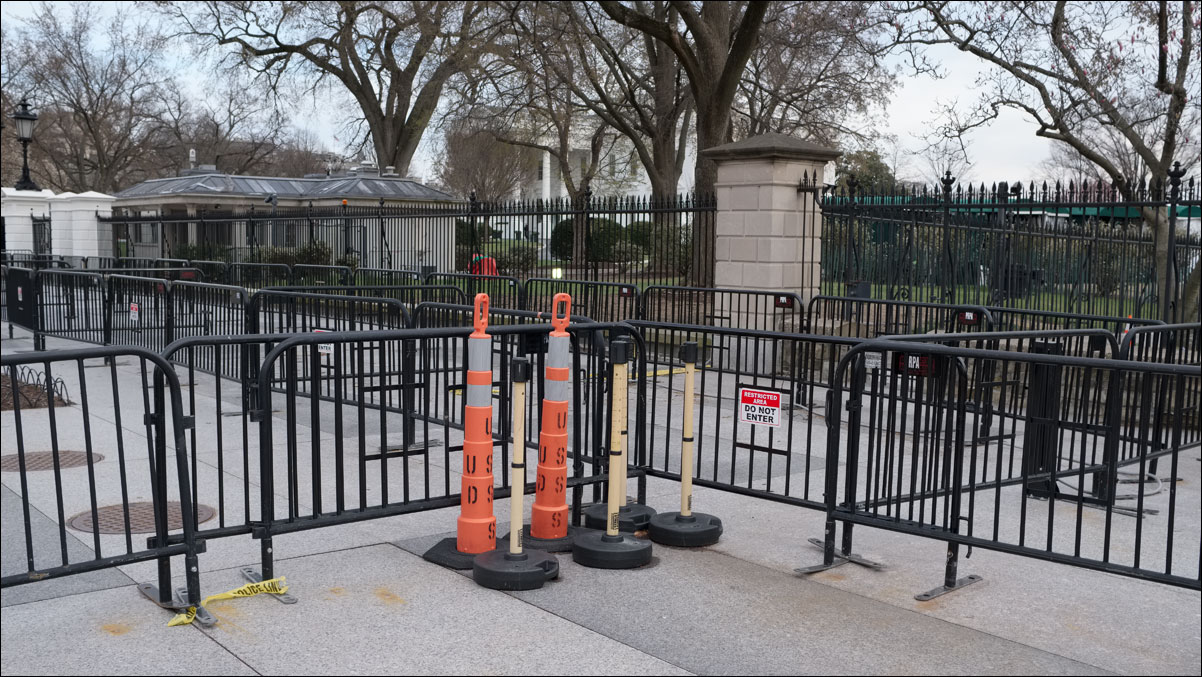 I was in Washington last month. Like most people, I get my initial impression of this city through photographs. It is very different in person—everything is smaller than you imagine. Click on the image for a larger view.
I was in Washington last month. Like most people, I get my initial impression of this city through photographs. It is very different in person—everything is smaller than you imagine. Click on the image for a larger view.
Tag Archives: Fujifilm X Pro2
Flight
Flycatcher
Mangroves
Black Point
The Stuff of Stars
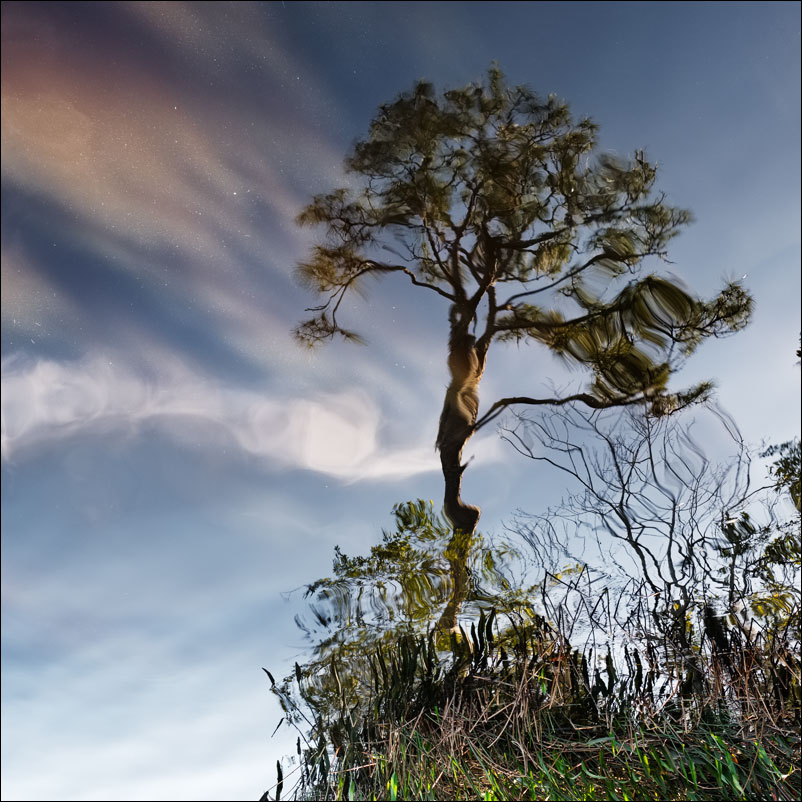 This universe started as energy and cooled to form two elements: hydrogen and helium. Those two elements coalesced into stars. These early stars died and, in the process, exploded to form other types of matter such as carbon and oxygen. Billions of years of this cycle of star formation and destruction led to the life we see around us. We think of space as a place far from here, alien to our experience, when it is the cradle from which we were born. Click on the image for a larger view.
This universe started as energy and cooled to form two elements: hydrogen and helium. Those two elements coalesced into stars. These early stars died and, in the process, exploded to form other types of matter such as carbon and oxygen. Billions of years of this cycle of star formation and destruction led to the life we see around us. We think of space as a place far from here, alien to our experience, when it is the cradle from which we were born. Click on the image for a larger view.
American Alligator
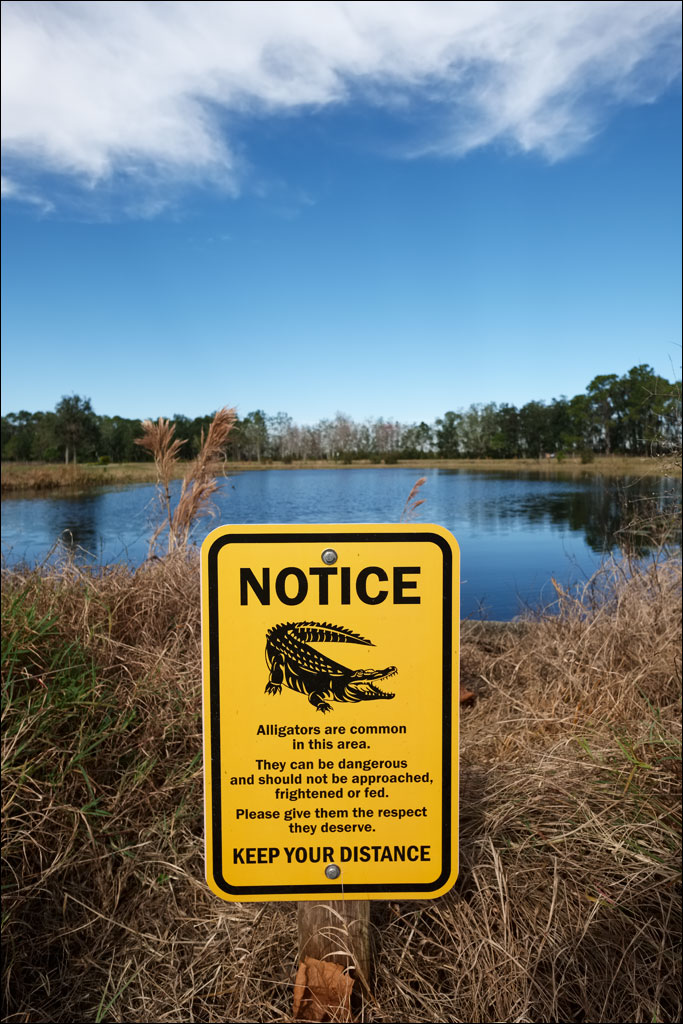 One facet of life in Florida is sharing the land with the American alligator. This sign is in the park in our residential subdivision. About 100 ft from this sign was an alligator laying in the reeds along the bank of the pond—wise words of caution. Continue reading
One facet of life in Florida is sharing the land with the American alligator. This sign is in the park in our residential subdivision. About 100 ft from this sign was an alligator laying in the reeds along the bank of the pond—wise words of caution. Continue reading
Sabal Palmetto
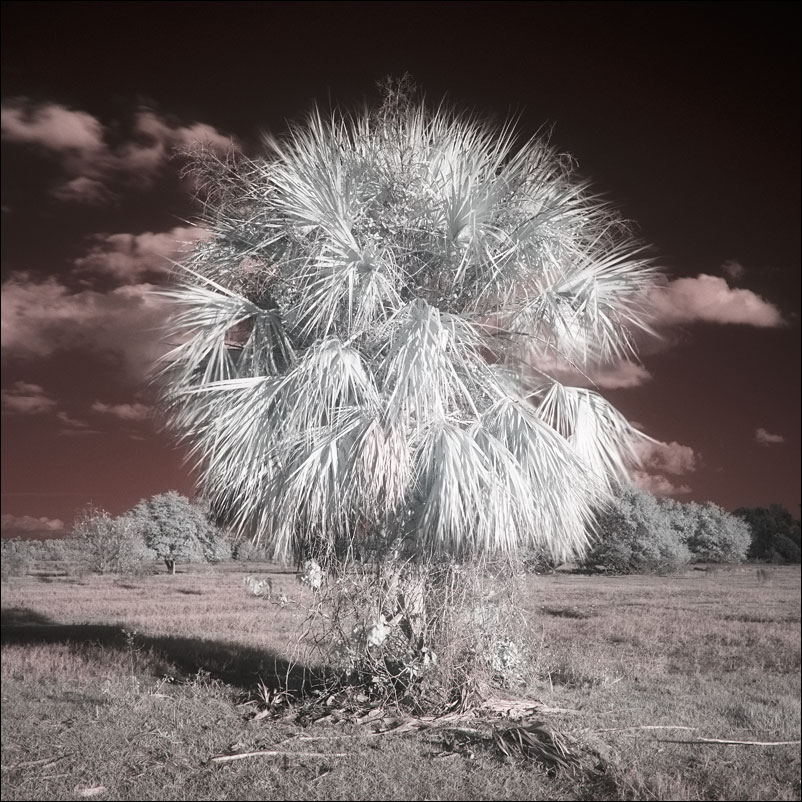 This is a native Florida palm and one of the most common. These trees can grow to a height of 65 ft or 20 m. The trunk can be smooth or have bootjacks, the lower part of the palm branch remaining on trunk. This palm is an abandoned field that is occasionally used as a cow pasture. Click on the image for a larger view.
This is a native Florida palm and one of the most common. These trees can grow to a height of 65 ft or 20 m. The trunk can be smooth or have bootjacks, the lower part of the palm branch remaining on trunk. This palm is an abandoned field that is occasionally used as a cow pasture. Click on the image for a larger view.
Invasive
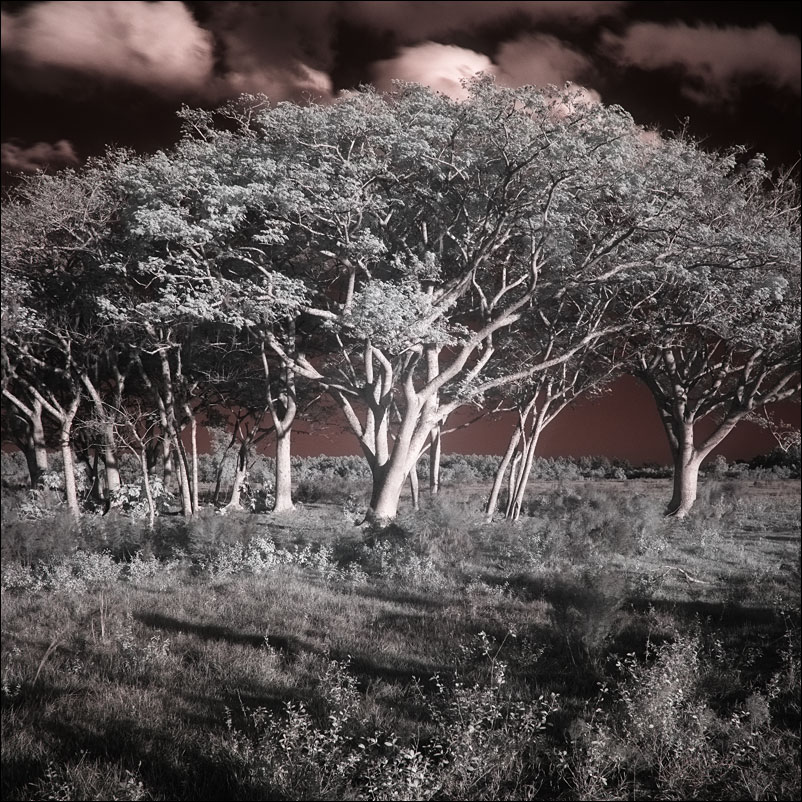 The Pacara earpod tree gets its name from its distinctive and prolific seed pods. A native of Costa Rica, this shade tree has made its home in Florida. The large crop of seed pods allows it to colonize the landscape in groves. Birds also carry the seeds, making single specimens sprout. Click on the image for a larger view.
The Pacara earpod tree gets its name from its distinctive and prolific seed pods. A native of Costa Rica, this shade tree has made its home in Florida. The large crop of seed pods allows it to colonize the landscape in groves. Birds also carry the seeds, making single specimens sprout. Click on the image for a larger view.
An Armadillo Tail
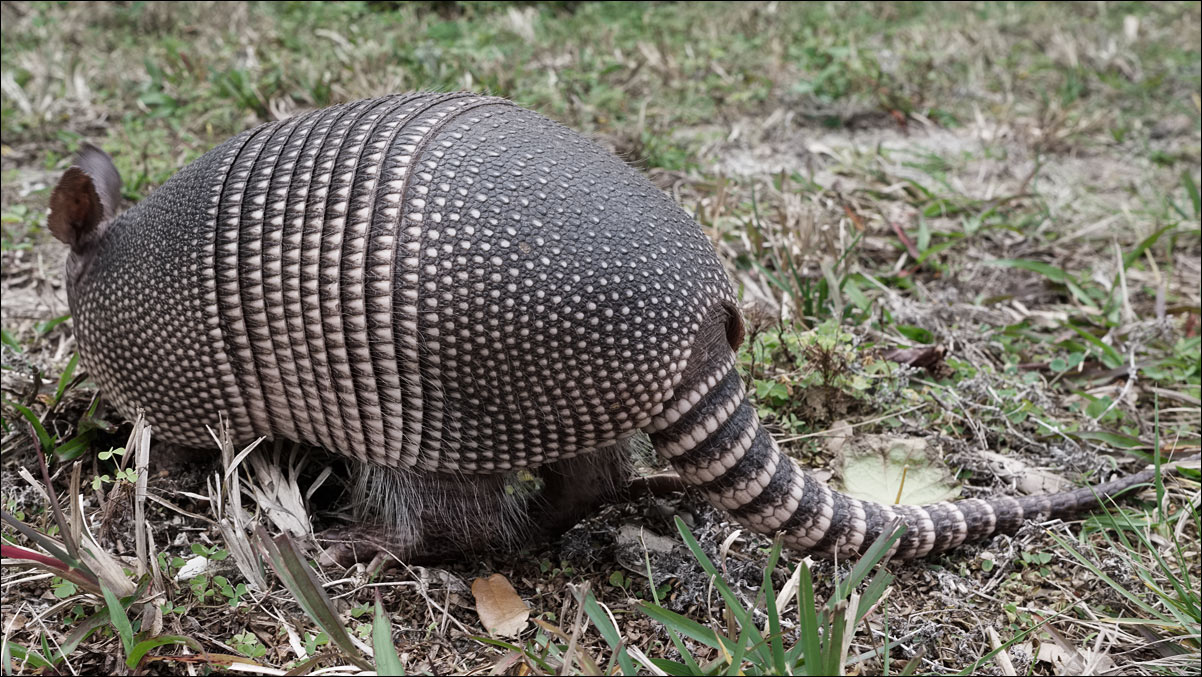 Nine-banded armadillos, Dasypus novemcinctus, get their name from the joints in their leathery skin. Originally from the southwest of North America, armadillos migrated to Florida where they are now considered naturalized. While their eyesight is limited, they have a keen sense of smell and use their snout to root out worms and insects. They live in complex borrows. Females lay a single egg that divides to produce four identical offspring all of the same sex, either four males or four females. To cross small bodies of water, they submerge themselves and walk along the bottom. For wide bodies, they inflate their stomachs for buoyancy and swim across. They will jump in the air if startled, which leads to many traffic fatalities. Click on the image for a larger view.
Nine-banded armadillos, Dasypus novemcinctus, get their name from the joints in their leathery skin. Originally from the southwest of North America, armadillos migrated to Florida where they are now considered naturalized. While their eyesight is limited, they have a keen sense of smell and use their snout to root out worms and insects. They live in complex borrows. Females lay a single egg that divides to produce four identical offspring all of the same sex, either four males or four females. To cross small bodies of water, they submerge themselves and walk along the bottom. For wide bodies, they inflate their stomachs for buoyancy and swim across. They will jump in the air if startled, which leads to many traffic fatalities. Click on the image for a larger view.

